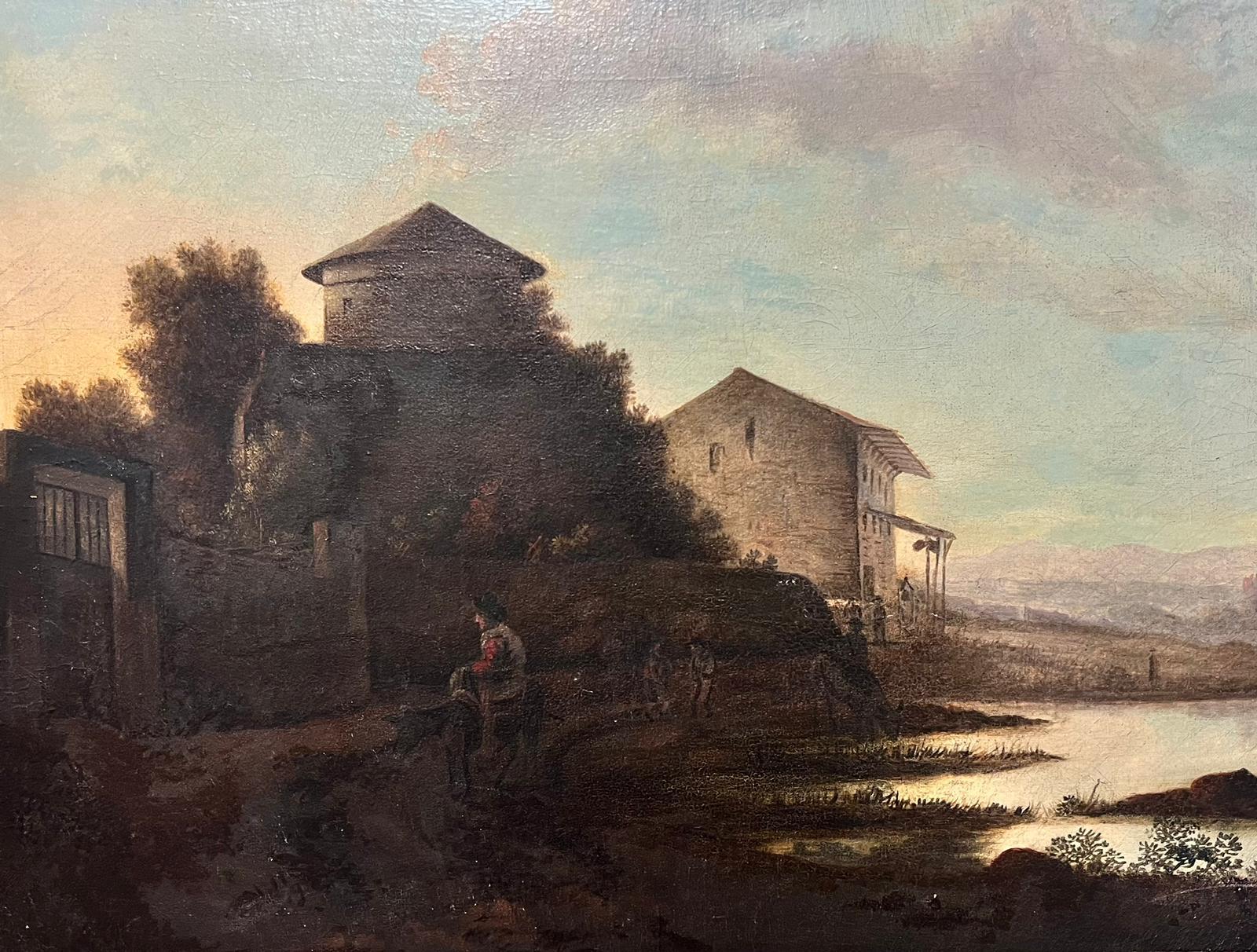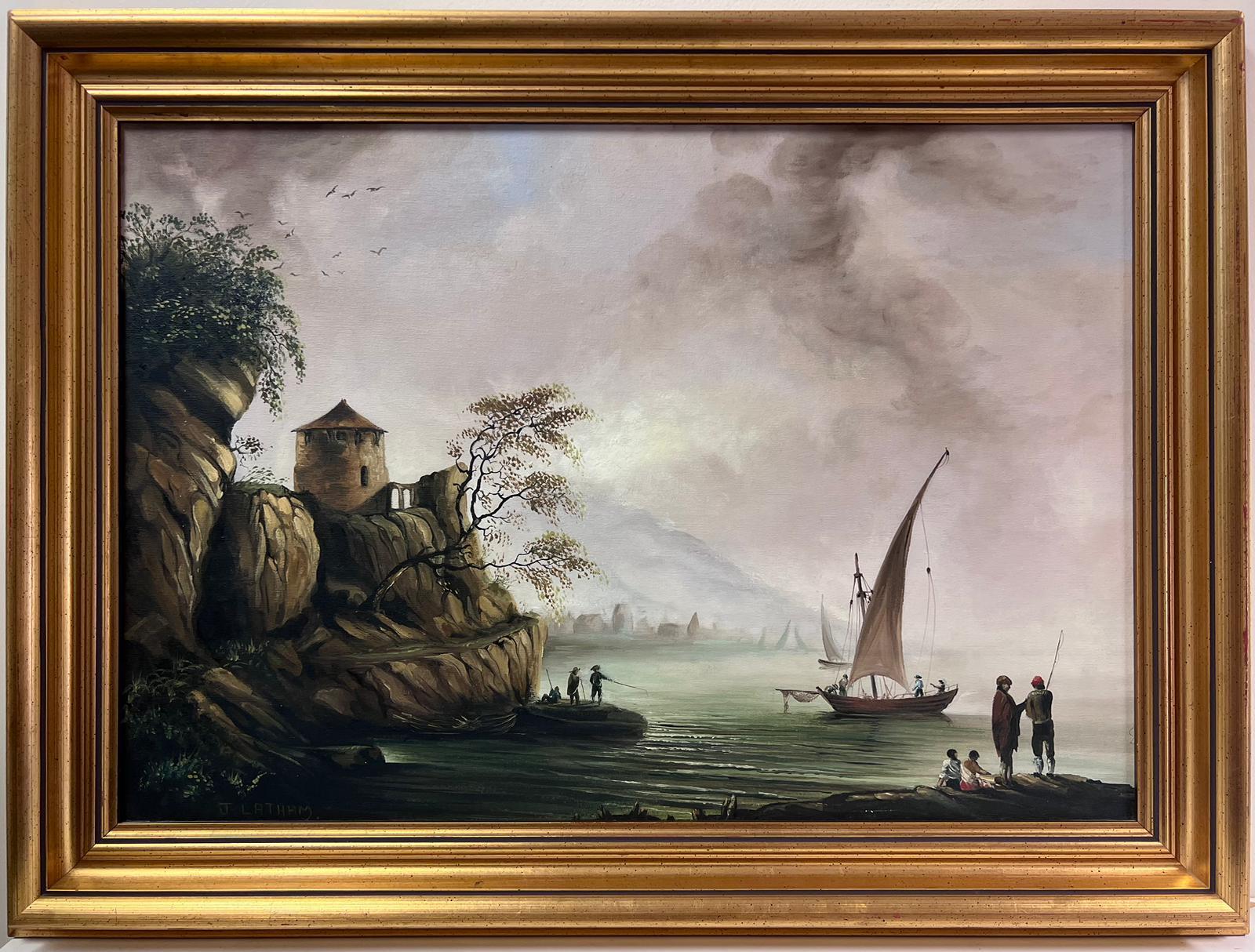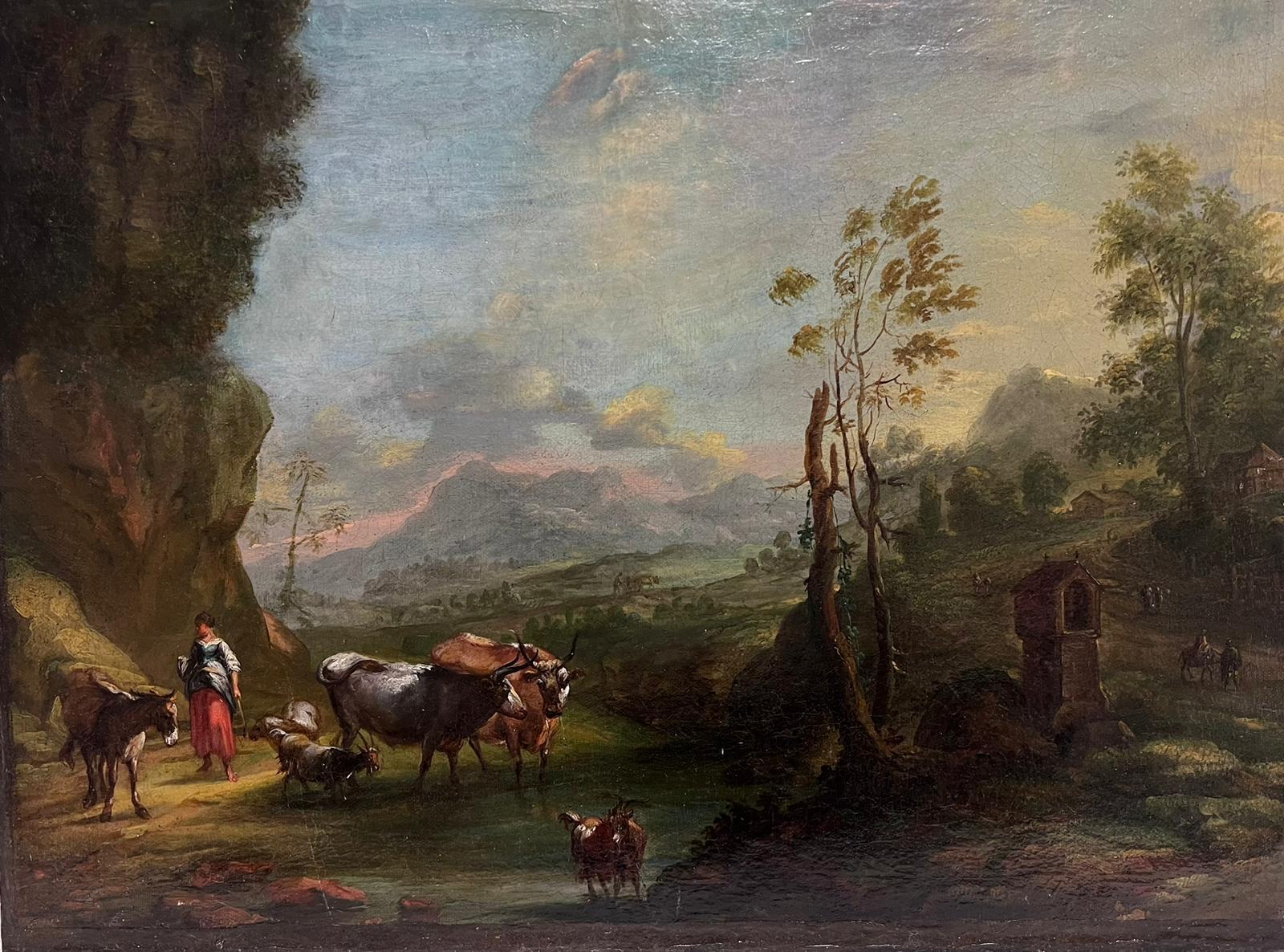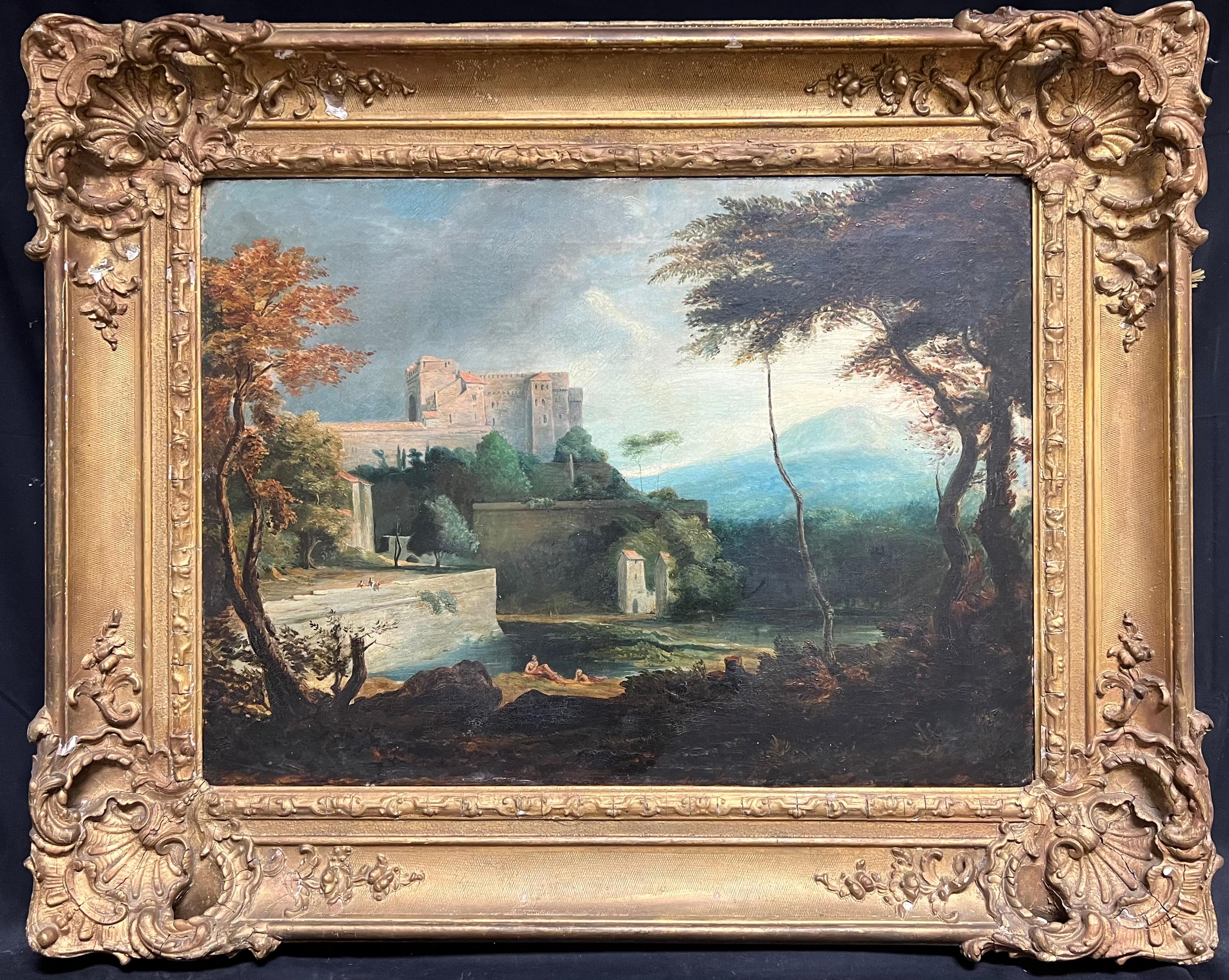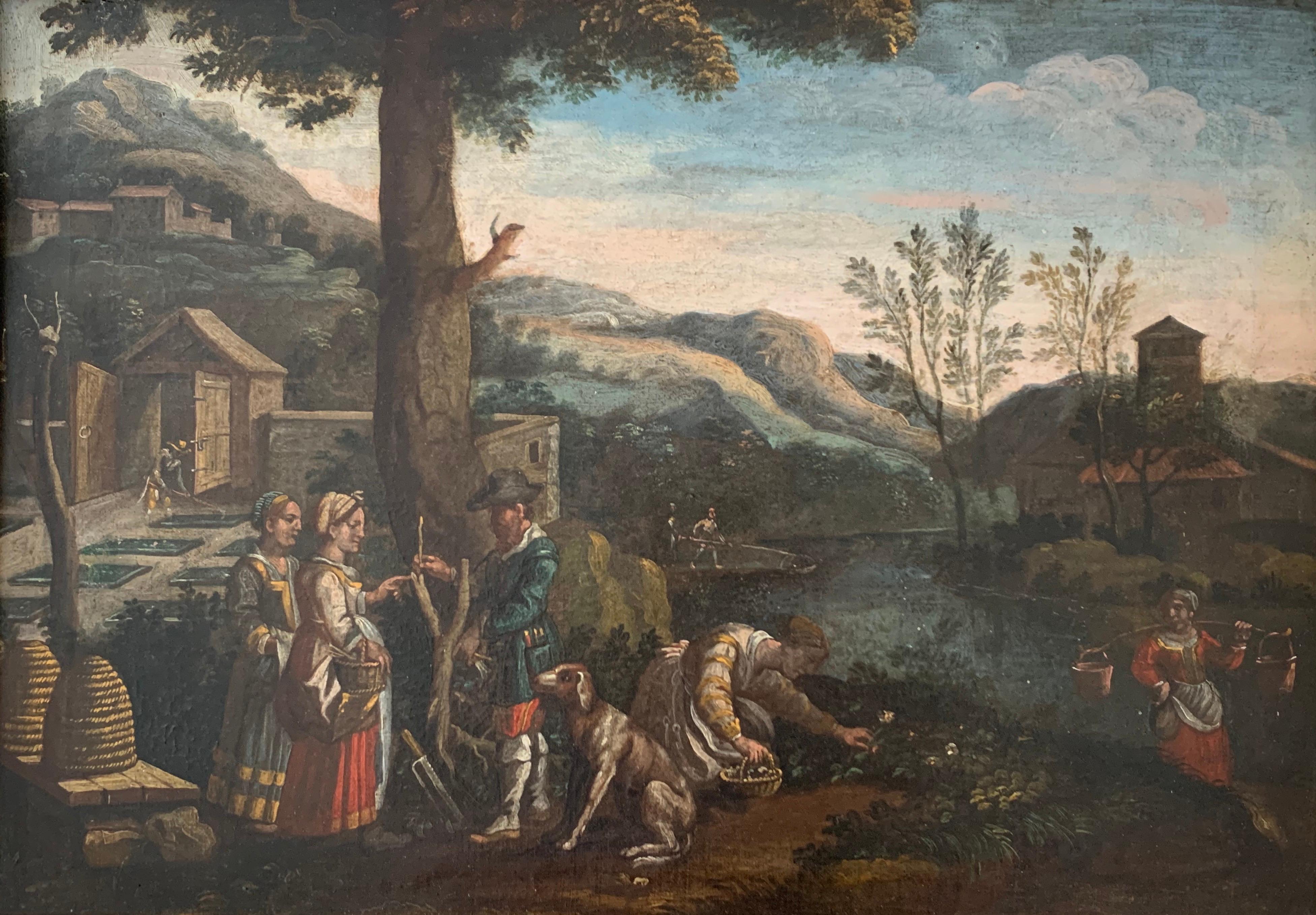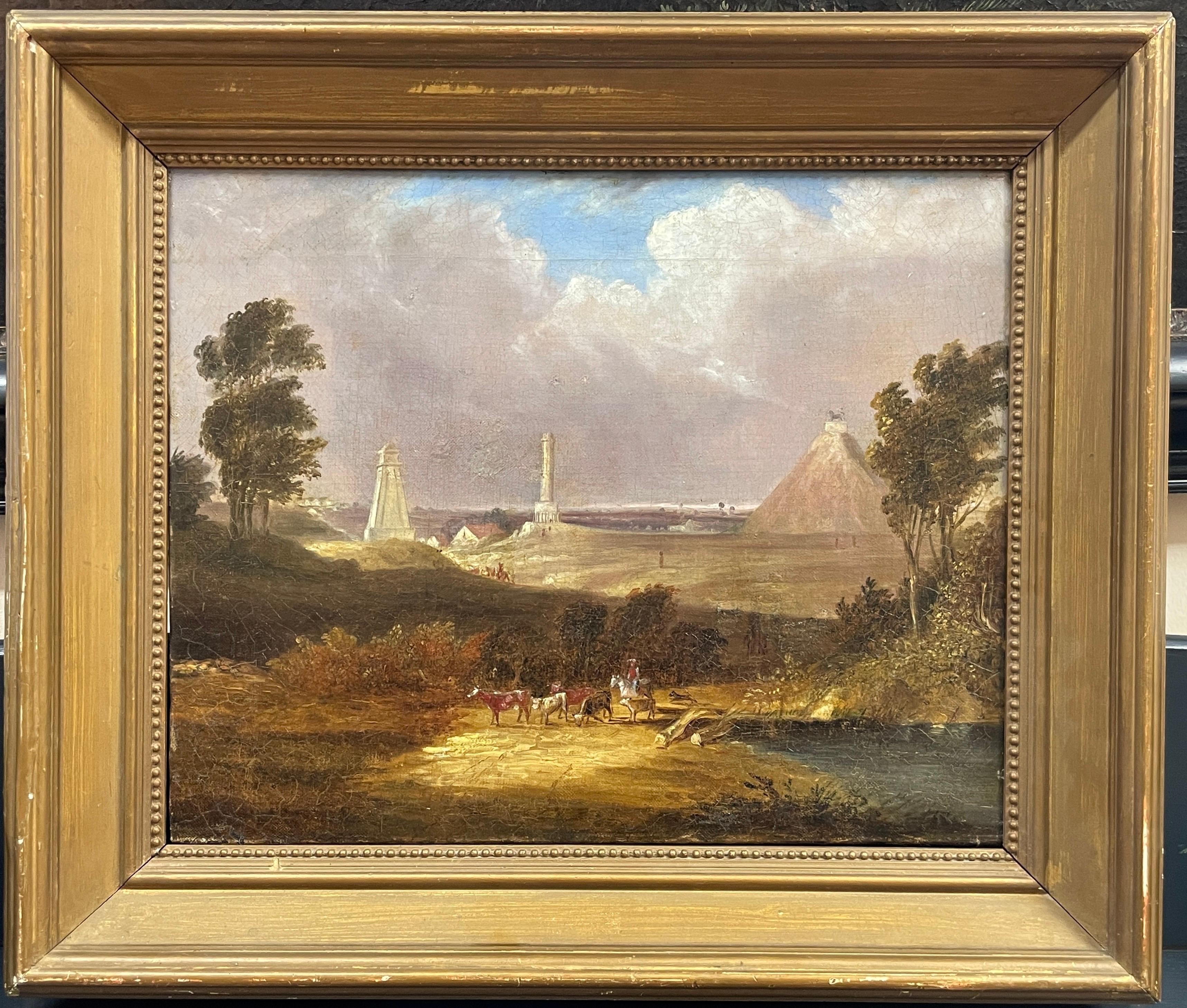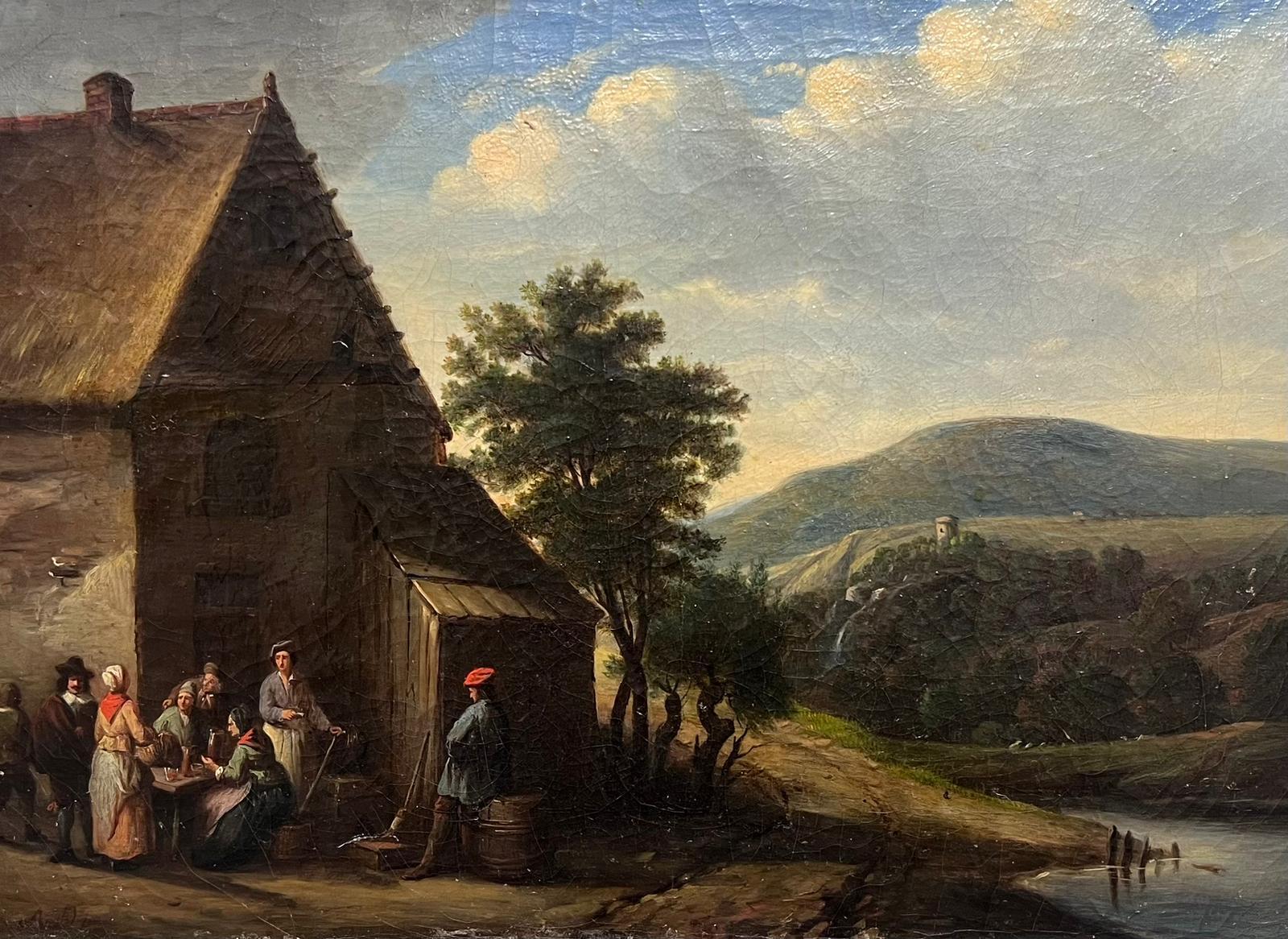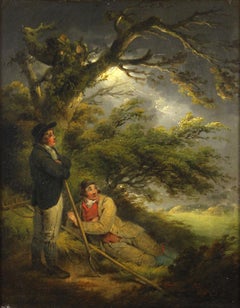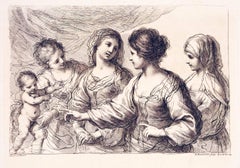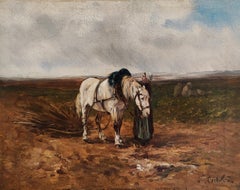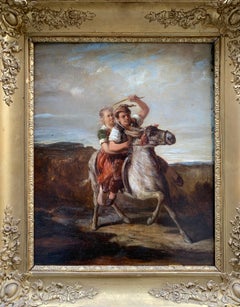
Two countrywomen with a donkey - Melancholy in an atmosphere of colour -
Video Loading
Want more images or videos?
Request additional images or videos from the seller
1 of 6
Pierre Louis De La RiveTwo countrywomen with a donkey - Melancholy in an atmosphere of colour -around 1790
around 1790
$3,224.94List Price
About the Item
- Creator:Pierre Louis De La Rive (1753 - 1817, Swiss)
- Creation Year:around 1790
- Dimensions:Height: 10.63 in (27 cm)Width: 7.88 in (20 cm)
- Medium:
- Movement & Style:
- Period:1790-1799
- Condition:
- Gallery Location:Berlin, DE
- Reference Number:1stDibs: LU2438211895842

About the Seller
5.0
Gold Seller
Premium sellers maintaining a 4.3+ rating and 24-hour response times
Established in 2014
1stDibs seller since 2023
20 sales on 1stDibs
Authenticity Guarantee
In the unlikely event there’s an issue with an item’s authenticity, contact us within 1 year for a full refund. DetailsMoney-Back Guarantee
If your item is not as described, is damaged in transit, or does not arrive, contact us within 7 days for a full refund. Details24-Hour Cancellation
You have a 24-hour grace period in which to reconsider your purchase, with no questions asked.Vetted Professional Sellers
Our world-class sellers must adhere to strict standards for service and quality, maintaining the integrity of our listings.Price-Match Guarantee
If you find that a seller listed the same item for a lower price elsewhere, we’ll match it.Trusted Global Delivery
Our best-in-class carrier network provides specialized shipping options worldwide, including custom delivery.More From This Seller
View AllSheltering from the storm / - Romantic landscape illuminated by lightning bolt -
By George Morland
Located in Berlin, DE
George Morland (1763 London - 1804 Brighton). Sheltering from the Storm. Oil on canvas, relined, 37.5 x 29.5 cm (visible size), 53.5 x 45.5 cm (...
Category
1790s Romantic Landscape Paintings
Materials
Oil
Four Young Women and the Boy Cupid / - Mysterious Virtuosity -
By Francesco Bartolozzi
Located in Berlin, DE
Francesco Bartolozzi (1728 Florence - 1815 Lisbon), Mythological Scene with Four Young Women and the Boy Cupid, 1764. Crayon engraving on laid paper after a drawing by Guercino, 22 c...
Category
1760s Realist Figurative Prints
Materials
Paper
Two sitting old people / - Familiar Strangeness -
By Ruth Schloss
Located in Berlin, DE
Ruth Schloss (1922 Nuremberg - 2013 Kfar Shmaryahu), Two sitting old people, around 1990. Mixed media on watercolor paper, 24 cm x 32 cm, signed “Schloss” lower left and again in Heb...
Category
1990s Realist Figurative Drawings and Watercolors
Materials
Paper
Still life with meadow flowers - The beauty of meadow flowers -
Located in Berlin, DE
Jean-Baptiste Robie (1821 Brussels - 1910 ibid.). Still life with meadow flowers. Oil on wood, 24.5 x 18.5 cm (inside measurement), 37 x 31 cm (frame), signed and dated (difficult to...
Category
Early 1900s Naturalistic Still-life Paintings
Materials
Oil, Canvas
$3,035 Sale Price
20% Off
The Lady with the Dog / - Like the master, so the dog -
By Reiner Schwarz
Located in Berlin, DE
Reiner Schwarz (*1940 Hirschberg), The Lady with the Dog, 1971. Lithograph, 33 cm x 26 (image), 59 cm x 42 cm (sheet size), signed in pencil at lower right "R.[ein] Schwarz", dated "...
Category
1960s Surrealist Figurative Prints
Materials
Paper
High Moorland Landscape in the fog - The world as a transcendent phenomenon -
Located in Berlin, DE
Charles Edward Brittan Jr (1870 Plymouth - 1949). High moor landscape in the fog. Gouache, signed at lower left "Charles E. Brittan", 18 x 34.5 cm (passepartout), 45 x 62 cm (frame)....
Category
Early 20th Century Realist Landscape Drawings and Watercolors
Materials
Watercolor
$1,707 Sale Price
20% Off
You May Also Like
19th Century French school, Two italian women in a landscape, an oil sketch
Located in Paris, FR
19th Century French school,
Two italian women in a landscape,
oil on canvas
59 x 43.5 cm
Bears a signature and a date on the lower left (see photograph please) but barely lisible ...
Category
1840s Romantic Figurative Paintings
Materials
Oil
$1,688 Sale Price
20% Off
Woman in the field preparing a draft horse
By Leon Georges Calves
Located in Genève, GE
Work on canvas
Category
19th Century French School Figurative Paintings
Materials
Oil
The Runaways, or Swiss boy on Donkey. Attributed to Joseph Hornung.
Located in Firenze, IT
A couple of young boy and girl, dressed in ethnographic costumes, probably Savoyard, ride a donkey.
The scene takes place in the middle of the countryside with mountains in the back...
Category
Mid-19th Century Romantic Figurative Paintings
Materials
Stainless Steel
$692 Sale Price
40% Off
Free Shipping
19th Century genre landscape oil painting of two Italian women near a vineyard
Located in Nr Broadway, Worcestershire
Karel Frans Philippeau
Dutch, (1825-1897)
Home from the Vineyard
Oil on panel, signed & dated 1867 with old label verso
Image size: 11.25 inche...
Category
Mid-19th Century Paintings
Materials
Oil, Panel
'The Little Donkey' by Eugène Joseph Verboeckhoven (1798 – 1881), dated 1856
By Eugène Joseph Verboeckhoven
Located in Knokke, BE
Eugène Joseph Verboeckhoven
Waasten 1798 – 1881 Schaarbeek
Belgian Painter
'The Little Donkey'
Signature: signed lower left and dated 'Eugene Verboeckhoven 1856'
Medium: oil on pan...
Category
Mid-19th Century Romantic Animal Paintings
Materials
Wood Panel, Oil, Canvas
Shepherd talking to a young shepherd on a donkey
Located in Middletown, NY
Etching on handmade, cream laid paper. 5 13/16 x 7 5/8 inches (146 x 192 mm), thread margins. Scattered handling creases, light age tone, and minor paper inconsistoncies throughout....
Category
Mid-17th Century Old Masters Figurative Prints
Materials
Handmade Paper, Laid Paper, Etching
Recently Viewed
View AllMore Ways To Browse
The Pantheon
French Miniature Painting
Woman Painting On Oil Panel
Painting Classical Rome
Swimmer Painting
Large Framed Painting Nude
Pointillism Paintings
Bordeaux Painting
Prayer Painting
Mother Mary
Paintings Of Little Girls
Box Car
Battle Scene Paintings
Spanish Village
Man And Dog
Indian Mother
Chagall Oil Paintings
Painting The Bathers


